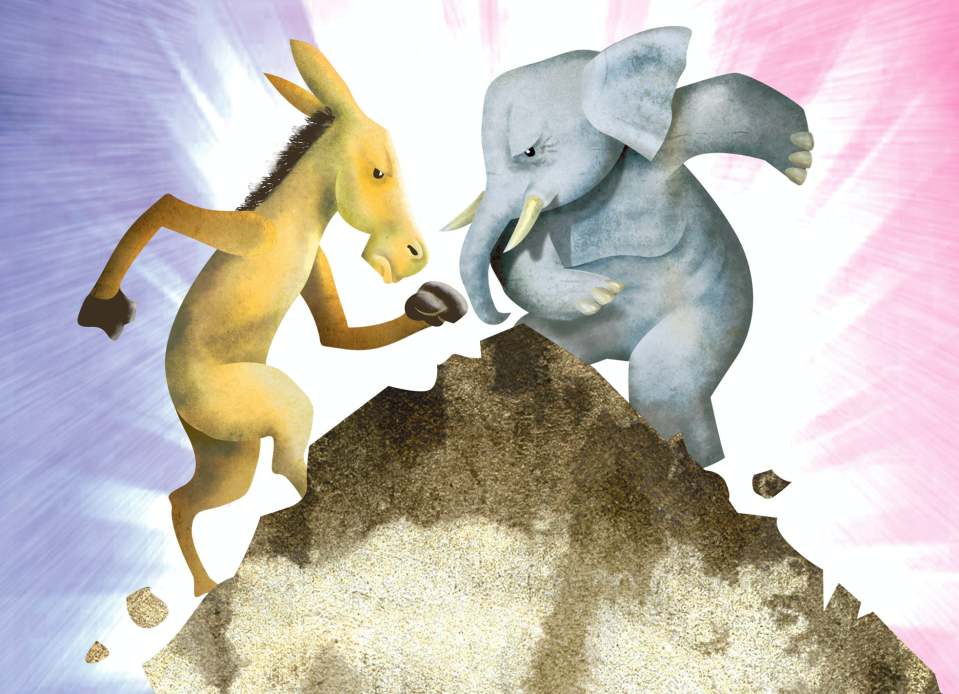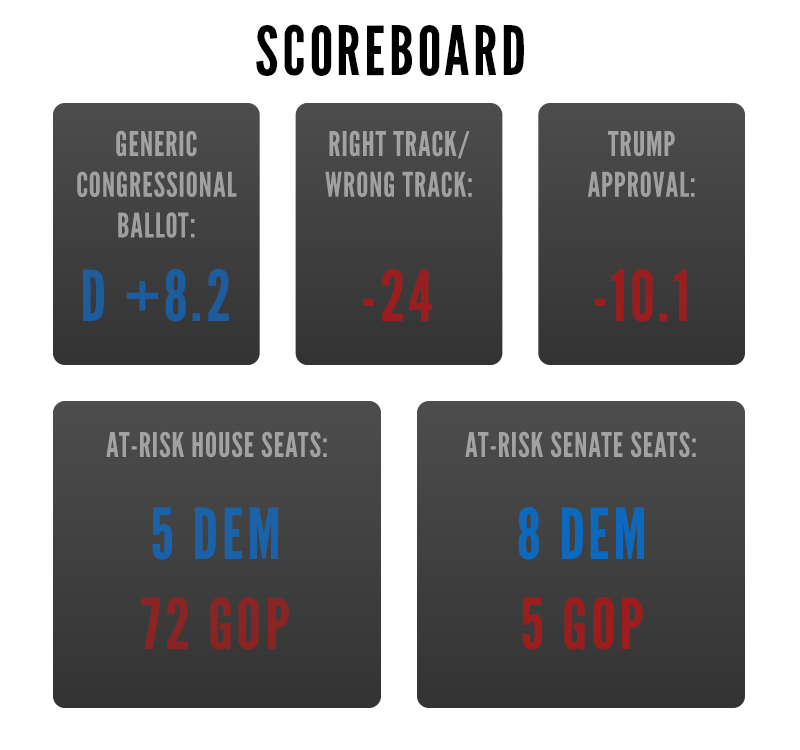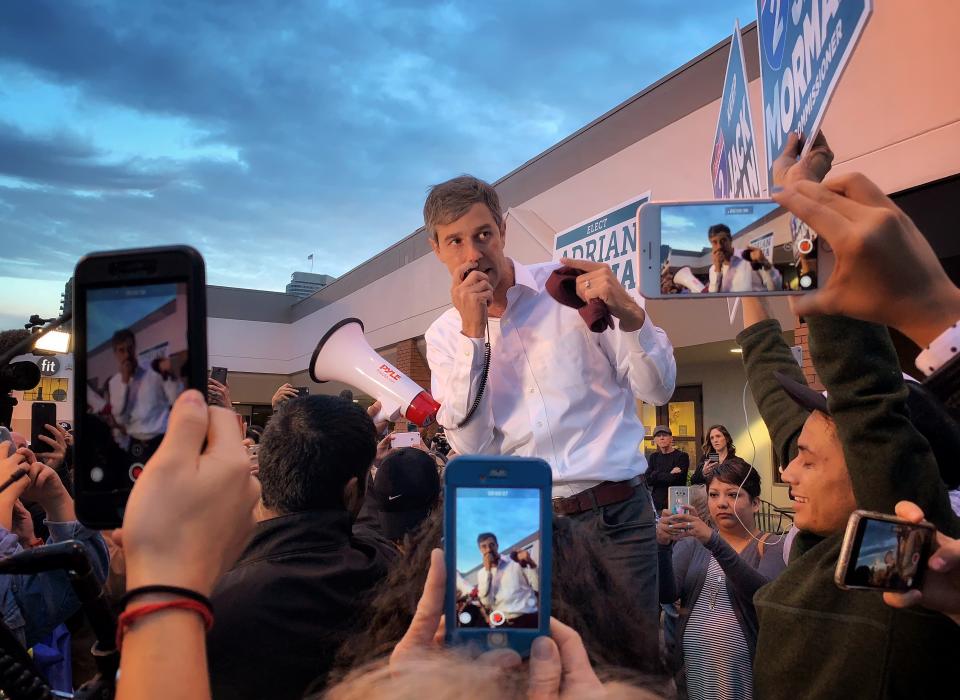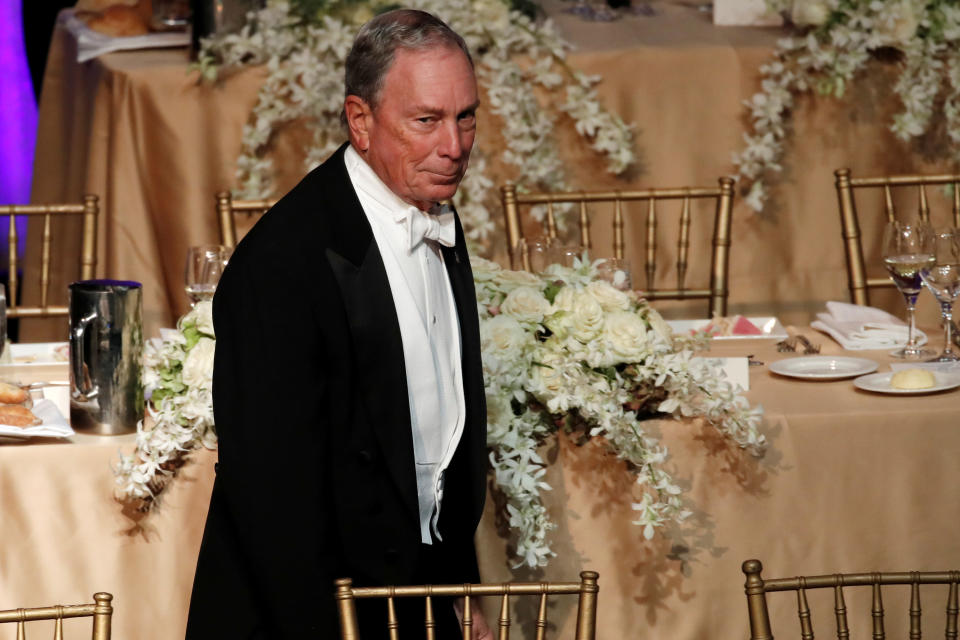U.S. midterm elections will be, by far, the most expensive ever
No matter who comes out ahead in U.S. midterm elections on November 6, this congressional cycle will be the most expensive in history.
The Center for Responsive Politics reports that candidates, political parties, and other groups (such as PACs) have spent $4.7 billion, already surpassing the $4.1 billion spent on congressional races in 2016.
The match-up will result in a pivotal day of voting in America.
Democrats would need to pick up 23 seats to obtain control of the House of Representatives, which would allow the ability to better advance their agenda in the Trump era.

‘Fueled by a wave of small-dollar donors’
Republican committees held $81.5 million cash on hand as of October 17, ahead of the $52.7 million that Democrats had in the bank, according to the most recent campaign finance disclosures. That doesn’t include contributions from Super PACs, which has added a total of $4.5 billion to U.S. political war chests since 2010.
According to the Center for Responsive Politics, “Democratic candidates are projected to spend more than $2.5 billion this cycle, while Republicans are expected to spend approximately $2.2 billion.”
Republicans can thank a slower pace of spending and large donations from major donors for the $28.8 million cash-on-hand advantage. Major donors like billionaire casino owner Sheldon Adelson are spending millions to help Republicans hold onto their control of Congress. The Trump campaign recently announced that it is also spending $20 million on the midterms.
But if a bunch of tiny contributions is an indication of turnout, Democrats may the advantage of a re-energized base.
“Fueled by a wave of small-dollar donors, those who give $200 or less,” Bloomberg reports, “some Democratic challengers have outraised incumbent Republicans and are equipped to spend heavily heading into Election Day.”

Out of the 30 races considered to be toss-ups ten days before the election, Democratic candidates have more cash on hand in 21 of them.
However, Bloomberg notes that while 92 Democratic candidates outraised GOP incumbents from July through September 2018, “many Republicans in tight races will go into the final weeks with more money in the bank than their opponents” because incumbents are able to add cash raised in earlier campaigns.
And the map of districts in play “remains the Democrats’ big challenge,” according to the New York Times. “Most of the districts that are in play lean Republican in presidential elections,” the Times adds, “and it is not obvious whether the Democrats actually lead in a lot of them.”
For more detail on the state of races, check out ‘Midterm Mania’ from Yahoo News >
A historic election
Small donations have given Democrats a boost, whose messaging has decried corporate money and its influence on politics.
One fundraising rock star is Beto O’Rourke, the Democratic Senate candidate from Texas. His campaign has raised more than $61 million, despite refusing funds from PACs. He goes into the election with some $22 million cash-in-hand, more than any other candidate, according to election filings.

One of the Senate’s most endangered candidates, Heidi Heitkamp (D-ND), received a surge of donations in the first two weeks of October. She raised nearly $12.5 million as she hopes to defeat Republican Kevin Cramer.
More cash coming in
If donations are any indication, there is clearly more interest in this year’s midterms than previous elections. A WSJ/NBC poll shows that almost two-thirds of registered voters are highly interested in the 2018 midterms, the highest ever recorded since polling began in 2006.
In the first half of October, more donations poured in. Super PACs from both sides of the aisle have seen a surge as we enter the final stretch. The Independence USA PAC became $20 million richer thanks to donations by billionaire Michael Bloomberg, who many suspect is eyeing a 2020 presidential bid.

The Democratic Super PACs, the House Majority PAC and Senate Majority PAC, have raised $61 million and $128 million respectively, according to their latest FEC filings. Those are modest increases over the 2016 midterm elections, when the committees raised $55 million and $99 million, according to the Center for Responsive Politics.
Republicans have seen even larger bumps. The Congressional Leadership Fund has more than doubled the amount raised for the 2016 elections. With $116 million raised so far, Republicans are hoping the cash can help them hold off the Democratic offensive in November.
Kristin Myers is a reporter at Yahoo Finance. Follow her on Twitter.
Read More:
Ex-bank regulator: We don’t understand ‘how systemically broken the system is’
Democrats and Republicans agree on 2 things about the economy: Survey
Robinhood co-founder: We want to be a full-service institution
Follow Yahoo Finance on Twitter, Facebook, Instagram, Flipboard, LinkedIn, and reddit.
